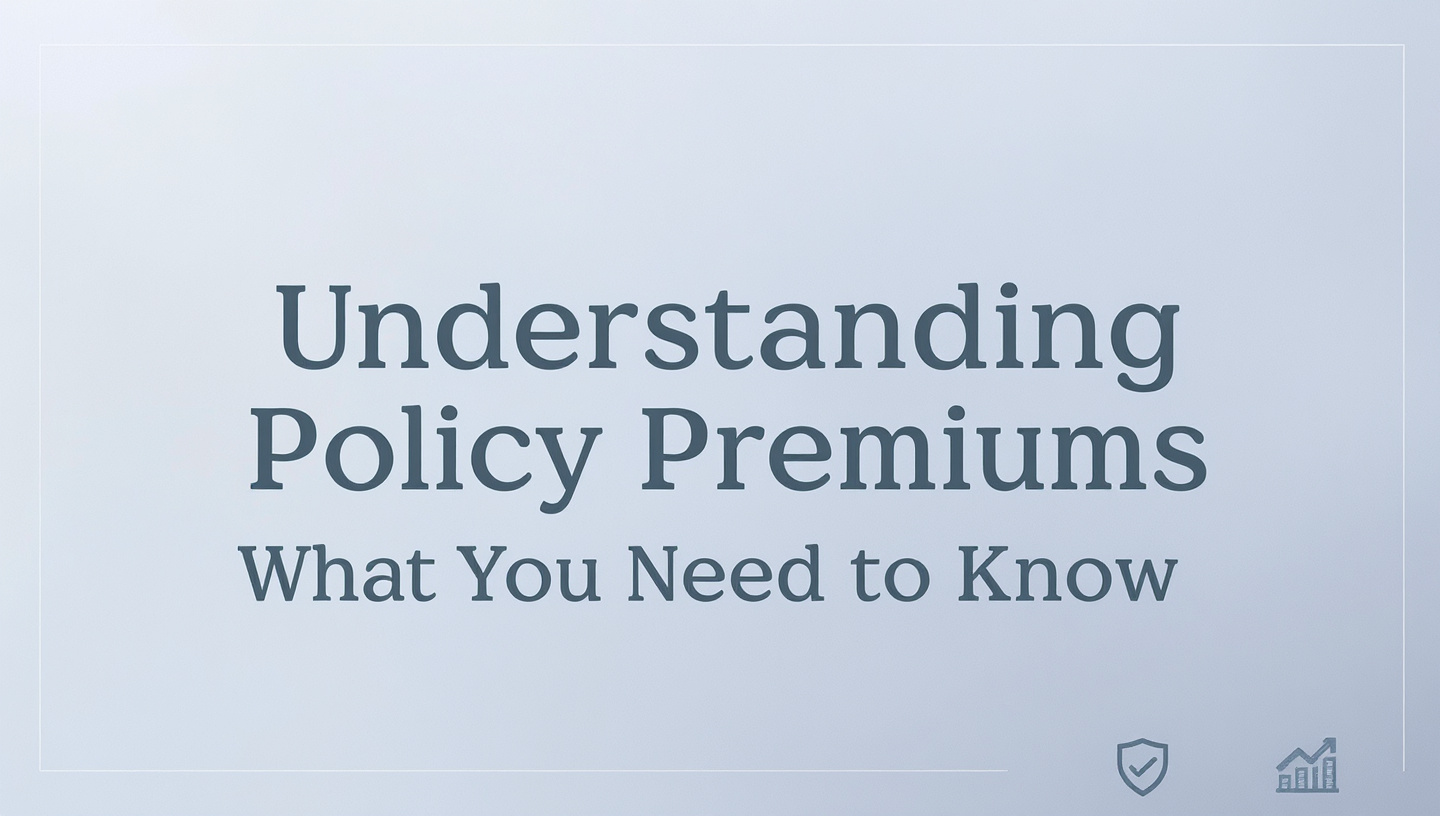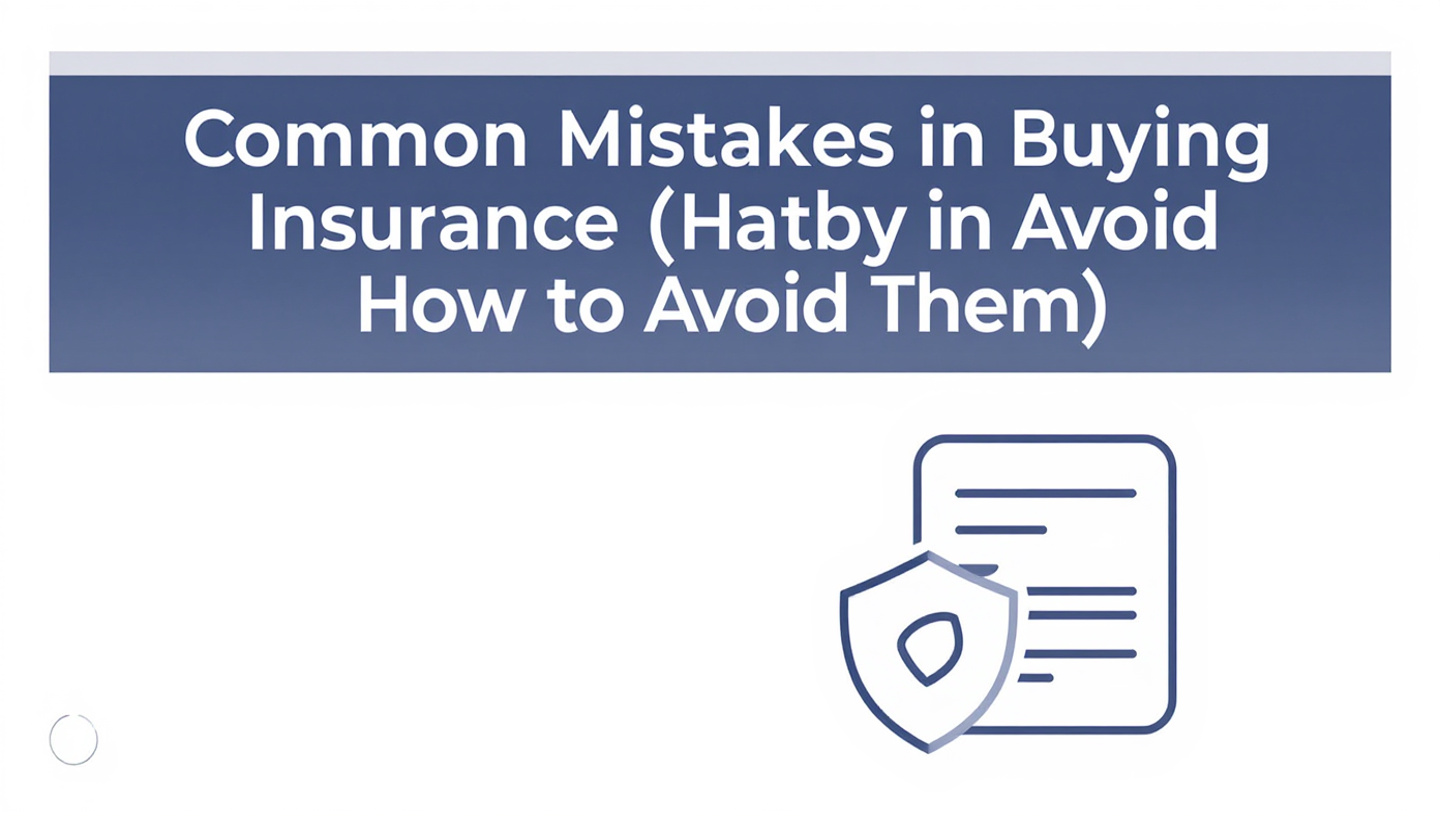Understanding Policy Premiums! How They Work and What Affects Their Cost
Insurance is an essential part of financial planning that provides protection against unexpected losses. Whether it’s life, health, auto, or property insurance, every policy comes with a cost known as the premium. Many people pay their insurance premiums regularly but don’t fully understand how these amounts are determined or why they vary from person to person. In this article, we’ll explore what policy premiums are, how they are calculated, and what factors influence them, helping you make smarter insurance decisions.
1. What Is an Insurance Premium?
An insurance premium is the amount you pay to an insurance company in exchange for coverage against certain risks. It can be paid monthly, quarterly, or annually, depending on your policy terms. Essentially, it is the price of protection the cost of transferring financial risk from yourself to the insurer.
For example, if you have a car insurance policy, you pay a premium to protect yourself against accidents or theft. If a covered event occurs, the insurance company compensates you according to the terms of your policy.
2. How Insurance Premiums Are Calculated
Insurance companies use a detailed process called underwriting to determine the premium amount. Underwriting involves assessing the level of risk associated with insuring a particular person, property, or business. The higher the perceived risk, the higher the premium will likely be.
The general formula used by insurers is based on three core components:
- Risk Assessment: How likely it is that a loss will occur.
- Coverage Amount: The total protection or sum insured you choose.
- Policy Term and Conditions: The duration and special terms of the policy.
For example, a person with a history of health issues will pay more for life or health insurance than someone in perfect health, as their risk of claiming the policy is higher.
3. Major Factors That Influence Premiums
Premiums are not random; they depend on several measurable factors that differ across insurance types. Below are the main elements insurers consider:
a. Age
Age plays a critical role, especially in health and life insurance. Younger individuals generally pay lower premiums because they are less likely to file claims. As you age, the risk of illness or mortality increases, leading to higher premiums.
b. Health and Lifestyle
Your medical history, habits, and overall lifestyle greatly influence premiums. Smokers, heavy drinkers, or people with chronic illnesses are considered high-risk and therefore pay more for coverage. Maintaining a healthy lifestyle can help lower your premiums over time.
c. Location
Where you live affects your risk profile. For instance, if you reside in an area prone to floods, theft, or natural disasters, your home or auto insurance premium will be higher.
d. Coverage Type and Amount
The more coverage you choose, the higher your premium. Comprehensive policies that include additional benefits, such as accident coverage or critical illness riders, will cost more than basic ones.
e. Claim History
Insurers also review your previous claims. If you have made several claims in the past, they may view you as a higher risk, increasing your premium rate.
f. Occupation and Income
Certain jobs carry higher risks for example, construction workers or drivers are more prone to accidents than office workers. Similarly, high income individuals might choose larger coverage amounts, which also affects premium size.
4. Types of Premiums
Insurance premiums can be structured in different ways:
- Fixed Premium: The amount remains the same throughout the policy term.
- Flexible Premium: You can adjust your premium payments or coverage based on your changing needs.
- Single Premium: A one-time lump sum payment for the entire policy period.
- Regular Premium: Paid periodically (monthly, quarterly, or annually).
Understanding your payment structure is vital because it affects both affordability and long-term benefits.
5. Ways to Reduce Your Insurance Premiums
Although premiums are based on risk, there are several ways you can lower them:
- Maintain a healthy lifestyle and avoid smoking or drinking.
- Install safety features like alarms and cameras in your home or car.
- Opt for higher deductibles (the amount you pay before insurance kicks in).
- Bundle multiple policies with the same insurer for discounts.
- Compare quotes from different companies before purchasing a policy.
Smart planning and responsible living can significantly reduce your long-term insurance costs.
6. Why Understanding Premiums Matters
Many people focus only on policy benefits and ignore the details of premiums. However, understanding how premiums work can help you strike a balance between affordability and adequate coverage. It also enables you to identify fair pricing, avoid overpaying, and choose policies that best suit your lifestyle and financial situation.












